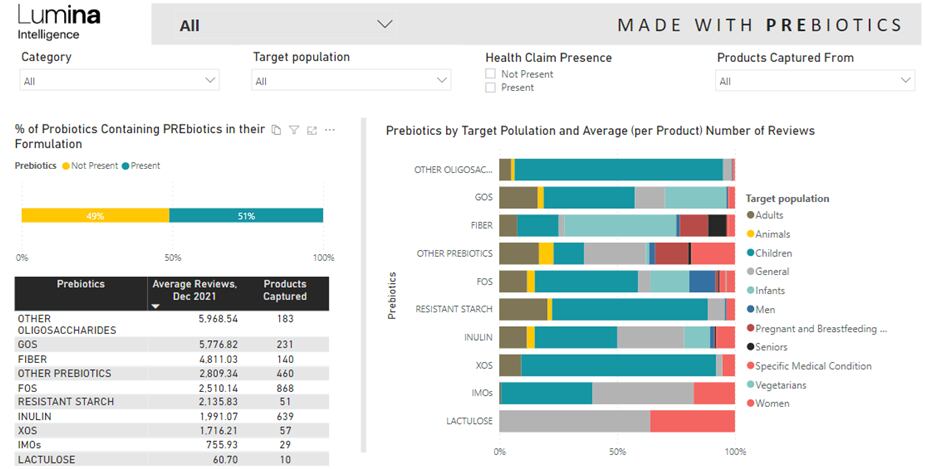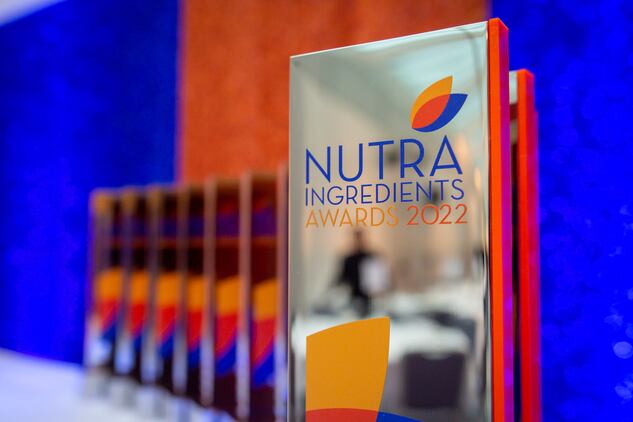The rise of prebiotics and synbiotics comes as science builds around their ability to positively influence the gut microbiome with subsequent effects on immune function, inflammation, weight management and digestive health.
While the prebiotic component of these synbiotics does not always feature prominently in product marketing, this is changing as microbiome modulation becomes more prominent to the positioning of more and more prebiotics, probiotics, postbiotics and synbiotics, according to Lumina.
Microbiome profiling
“It would appear we are entering the era of microbiome profiling,” says Lumina Director of Insights Ewa Hudson, noting technological advances meant microbiome mapping was now possible in the same way gene mapping has become possible for individuals.
“Microbiome profiling will offer new opportunities for many consumers, for example IBS (irritable bowel syndrome) sufferers. The microbiome test, such as that offered by UK-based Atlas Biomed, can indicate how diverse the gut flora is, and more importantly, which species people might be short of.”
Atlas Biomed offers to map an individual’s microbiome for £159 (€183) and provide nutritionist support that could include prebiotic and probiotic interventions to influence gut microflora in health-positive ways.
For example, acacia gum has been linked to boosting levels of the healthy bacteria akkermancia municiphila, which studies show is important for weight management.
“Microbiome profiling offers a very personalised, sustainable, alternative approach to tackling many health concerns,” Hudson adds.
“Prebiotics are already present in 51% of probiotic formulations so they clearly resonate with consumers, but these products don’t yet offer the extra level of personalisation we’ll be able to achieve via microbiome profiling and modulation. It’s a really exciting space.”
Other examples include:
- Gold kiwifruit and Faecalibacterium prausnitzi
- Oligosaccharides and Lactobacilli and Bifidibacteria
- Citrus polyphenols and Clostridium and Roseburia spp
- Bacteriaphages and Bifidobacterium bifidum, Eubacterium, Lactococcus and Bacillus subtilis
Such products had potential to push into medical channels, according to Hudson.
“The latest scientific findings around microbiome modulation show a lot of prevention and disease risk reduction potential in many areas – even Covid,” she explains.
“In future, I am expecting gut profiling/modulation to investigate dementia/Alzheimer’s/Parkinson’s patients and strengthen the gut-brain axis offering.”
The synbiotic marketplace
Lumina tracks probiotic food supplements in 25 countries on five continents via online retailers like Amazon, GNC, Holland & Barrett, iHerb and Vita-Store.
It found prebiotics present in 51% of probiotic offerings with the most popular prebiotic forms being fructo-oligosaccharides, inulin, galacto-oligosaccharides, other oligosaccharides, fibre, xylo-oligosaccharides and resistant starch.
In China 60% of probiotics featured a prebiotic; 56% of US probiotics did; while only 40% were synbiotics in Australia.
Prebiotic survey
According to a recent Ingredient Transparency Center (ITC) survey of American, British and German supplement users, 30% are very or extremely familiar with prebiotics – up from about 20% in 2018.
Only 20% had never heard of prebiotics and about 20% of regular users significantly upped prebiotic intake between mid-2019 and mid-2020.
About 30% said they specifically sought out synbiotics.
The survey showed gut health/digestion (31%) and immunity (26%) stood out as the main motivators for prebiotic use, with German users particularly well informed about microbiome health (33% versus 19% of Brits and 11% of American prebiotic users).
German microbiome knowledge was even more accentuated when supplement users were asked what they had heard about prebiotic health benefits: 35% referenced the microbiome compared to only 12% of Americans and 12% of Brits.
Other prompters of prebiotic use across nations were source of fibre (18%), regularity (17%), bone health (14%), inflammation (14%), stress/mood (13%), brain health (11%) and sports nutrition (12% but higher at 18% in Germany).
In Europe, the category has been buoyed recently with EU member states like Spain, Poland, Greece, the Netherlands, Bulgaria, Italy, Denmark and Czech Republic easing prohibitions on the terms ‘prebiotics’ and ‘probiotics’ as marketing tools.




